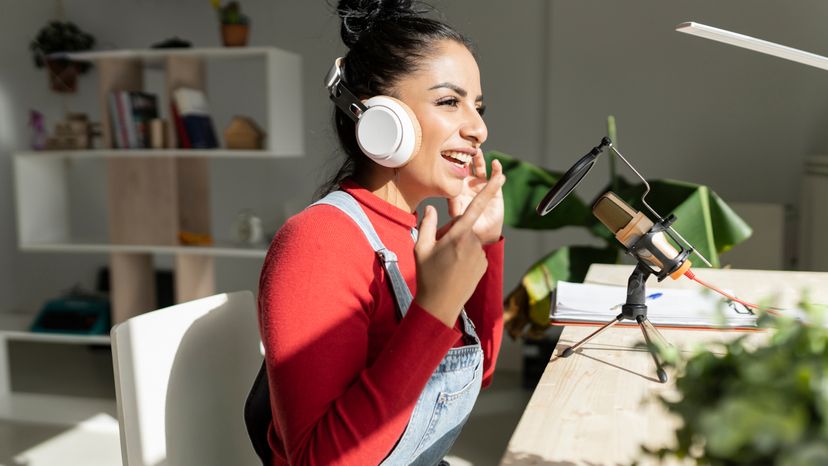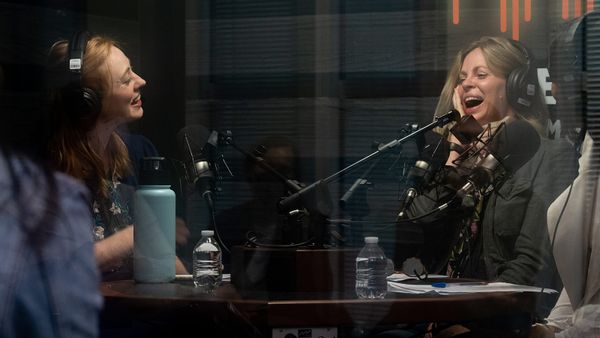When it comes to choosing equipment to record a podcast, there's a wide range of options to fit any budget. Your spending will mainly impact sound quality and editing flexibility, but some key pieces of gear are essential to get started.
1. Microphone
Microphones come in various price ranges and qualities, and choosing the right one can significantly impact your podcast's sound quality. While you could use a basic microphone, like the one that came with your computer, the sound quality will likely be subpar.
Most podcasters opt for a durable, dynamic microphone. The Shure SM58, for example, is a solid, all-purpose mic that delivers great sound without breaking the bank. It's known for its durability and reliability, making it a popular choice among podcasters.
If you're conducting interviews with multiple people using one microphone, an omnidirectional mic is ideal as it picks up sound from all directions. For podcasters recording in the field or capturing musical performances, specialized microphones like shotgun mics or condenser mics might be required.
USB microphones, such as the Blue Yeti, are also popular for their ease of use and decent quality. They connect directly to your computer — eliminating the need for an audio interface — and are great for beginners or those looking for a simple setup.
2. Audio Interface/Mixer and Recorders
An audio interface or mixer is essential for mixing multiple inputs and recording your podcast. It connects your microphone to your computer, converting analog signals to digital.
Popular models include the Focusrite Scarlett series, which offers various input options and high-quality preamps. Mixers, such as the Behringer Xenyx series, provide more control over sound levels and are useful if you have multiple microphones or instruments. Some mixers can send data directly to a computer via USB, simplifying the recording process.
If you prefer a portable setup or need to record on the go, a dedicated recorder like the Zoom H4n Pro is a great option. These devices can capture high-quality audio independently, without the need for a computer. You can later transfer the recordings to your computer for editing.
3. Headphones
Good-quality headphones are crucial for monitoring your recordings. Closed-back headphones, like the Audio-Technica ATH-M50x, provide excellent sound isolation, helping you hear every detail and avoid background noise.
4. Filters
A pop filter helps reduce plosive sounds (like "p" and "b" noises) that can distort your recording. A boom arm or mic stand keeps your microphone stable and positioned correctly, improving comfort and sound consistency during recording.
5. Sound Card
For simpler podcasts, recording directly into the computer's sound card can be a viable option, especially if you’re only using one microphone. This may require some adapters to match the mic plug to the sound card input. However, the quality of the sound card itself is crucial.
Cheap sound cards, or those integrated into the system's motherboard, might produce low-quality sound, introduce extra signal noise due to electrical interference, or distort sounds at high signal levels.
Some sound cards offer additional inputs for simultaneous multi-track recording or are designed to work with specific software or mixers, enhancing the recording quality and flexibility.
6. Telephone Connections
For podcasts following a talk-show format, where guests may be scattered around the world, a reliable method to connect multiple people is essential. This type of podcast requires a way for all participants to hear each other and for the conversation to be recorded.
One solution is to use a phone service capable of running a conference call and then tap into the phone line to connect to the recording device. Many podcasters also use Voice Over Internet Protocols (VoIP) like Zoom to achieve this. These services often have built-in recording features, making it easier to capture high-quality audio from remote guests.

